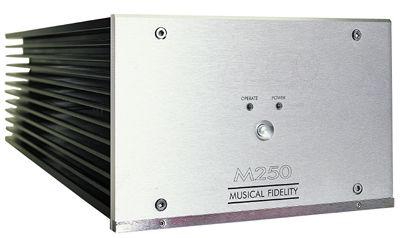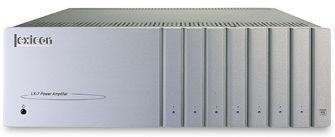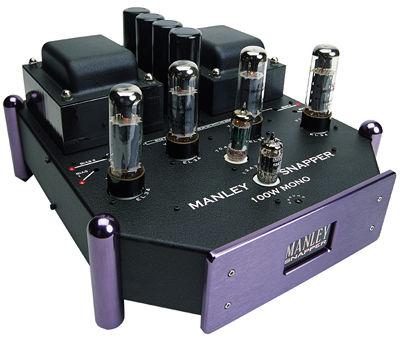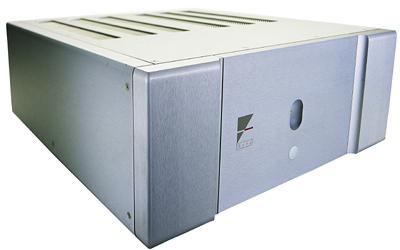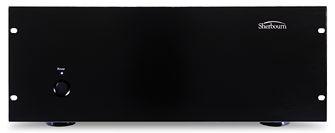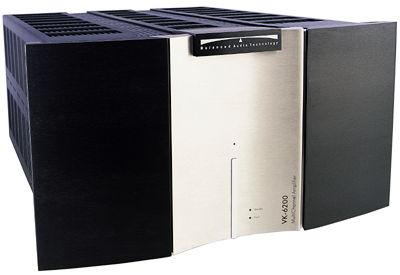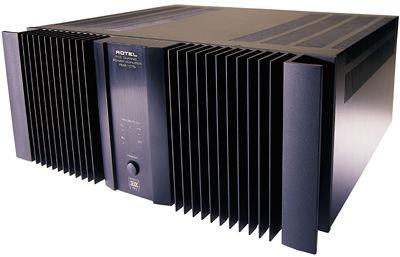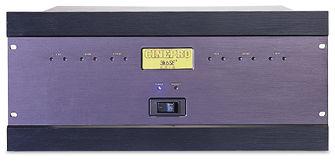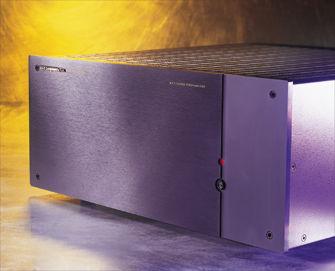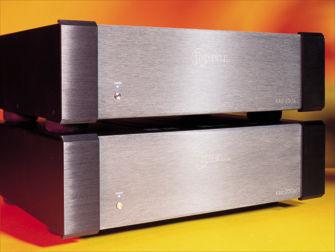Power Amplifier Reviews
Sort By: Post Date TitlePublish Date
|
Jan 15, 2003
|
Dec 19, 2002 |
First Published: Dec 20, 2002
|
Dec 11, 2002
|
Jul 11, 2002 |
First Published: Jul 12, 2002
|
Mar 19, 2002
|
Sep 30, 2001 |
First Published: Oct 01, 2001
|
Jun 25, 2000 |
First Published: Jun 26, 2000
|
Jun 25, 2000 |
First Published: Jun 26, 2000
|
Jan 25, 2000 |
First Published: Jan 26, 2000
Pages
- « first
- ‹ previous
- 1
- 2
- 3
- 4
